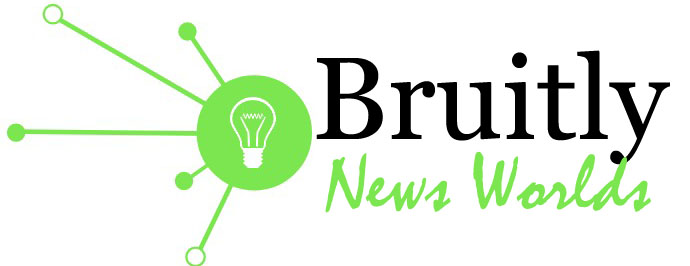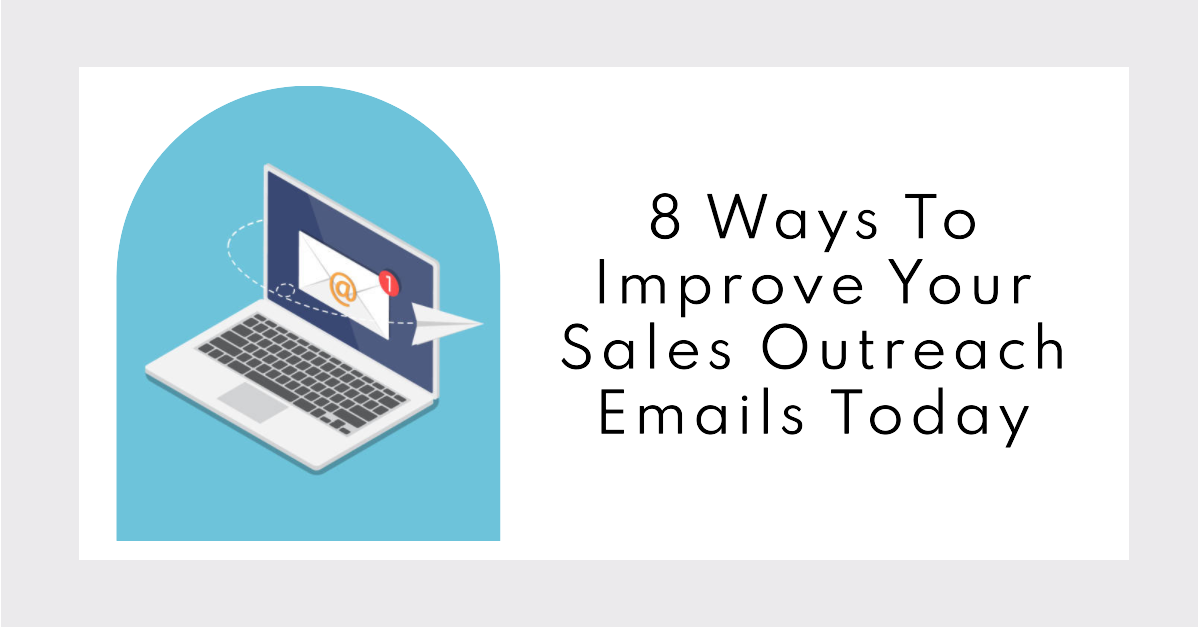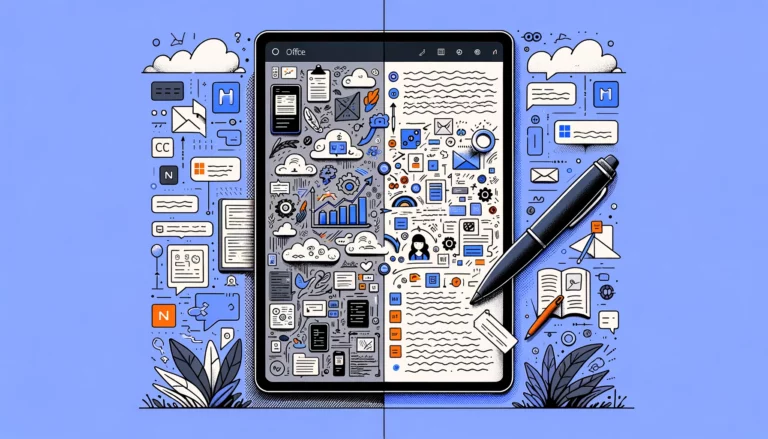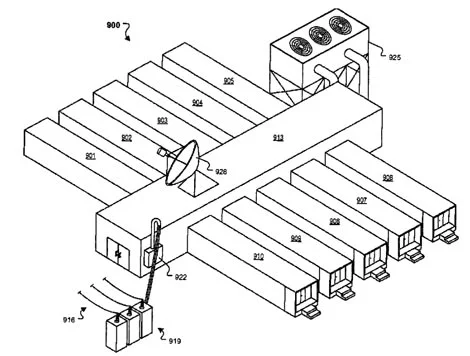8 Ways To Improve Your Sales Outreach Emails Today
Email outreach serves as a significant link between companies and potential customers in the always-changing world of sales.
But how can your sales outreach emails stand out and connect with your customers in the vast world of digital communication?
The solution rests in perfecting the technique of creating robust communications.
This article reveals eight dynamic tactics that can improve not just your sales outreach emails but also your capacity for connection, engagement, and conversion.
Prepare to alter your outreach strategy to facilitate deeper exchanges and conversions.
1. Personalization: Establishing a Human Connection
A customized touch can make all the difference in an email campaign. Each email should be personalized with the recipient’s name and information about their industry to create a real human connection.
It goes beyond generic pitches, showing that I’ve invested time to understand their needs in my outreach email strategy. Receivers are more inclined to investigate further when personalization is used since it interests them and piques their curiosity.
This straightforward yet efficient tactic improves the efficiency of sales outreach by converting cold emails into warm conversations.
2. Compelling Subject Lines: Igniting Curiosity
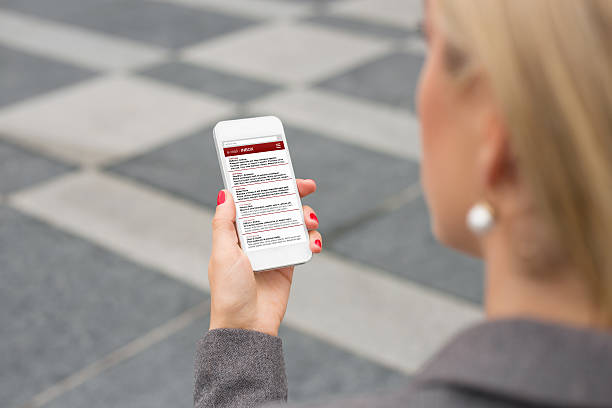
Think of your email’s subject line as the doorway to the world. Instead of revealing everything, spark interest, give problem-solving options, or share valuable nuggets.
The end aim is to make the recipient excited to read the email and learn more, laying the groundwork for a fruitful and valuable relationship.
A subject line that beckons with interest and lures with the promise of value beyond the first glimpse sets the tone for this initial contact, which carries promise and possibility for interaction.
3. Clear Value Proposition: What’s In It for Them?
Your target audience is looking for solutions that will help them streamline their time, money, or energy in the hectic corporate environment. Explain the value of your item or service clearly.
Demonstrate how your solution directly addresses their problems and improves their situation. Don’t leave any room for doubt; explain why reading your email is beneficial and could result in worthwhile involvement.
In addition to grabbing their attention, you can establish yourself as the answer to their needs among their busy schedules by emphasizing the benefits your solution provides.
4. Concise and Scannable Content: Get to the Point

Verbose emails frequently meet the “Delete” button quickly in a world where time is valuable. When creating your material, choose conciseness.
To improve scannability, use short paragraphs, bullet points, and subheadings. Deliver your message simply so that the essence of your proposal is understood by the audience right away.
By using this strategy, your email becomes a simplified communication tool that guarantees your receiver can quickly extract the value you’re delivering without getting distracted by superfluous information.
5. Social Proof: Building Credibility
The tendency of human nature is to believe in other people’s experiences. Include social proof to highlight the successes attained with your product or service, such as client testimonials or case studies.
This not only lends credence to your claims but also builds trust with potential customers.
Presenting real-world triumphs allows you to engage with prospects and strengthen their faith in your offers by not just demonstrating outcomes but also establishing a bond based on shared successes.
6. Call to Action (CTA): Guiding Next Steps

The mission of your email is to steer the recipient towards a distinct action.
Whether it involves setting up a call, seeking further information, or accessing a resource, ensure your call-to-action (CTA) is both lucid and captivating. Employ language that incites action, propelling your recipient to take the next step promptly and decisively.
If you use powerful, action-oriented language in your CTA, it will encourage speedy reaction and propel your audience toward meaningful involvement with a sense of purpose.
7. A/B Testing: Iterative Improvement
Email outreach’s allure lies in its quantifiable essence. Use A/B testing to compare the effects of various email elements like subject lines, CTAs, and content layout.
You can boost your technique and, ultimately, your outreach strategy by carefully analyzing the outcomes of successive cycles.
This analytical method equips you with the knowledge you need to make informed decisions, employ the material that best appeals to your target audience, and advance your outreach to a level of continually increasing effectiveness.
8. Follow-Up Strategy: Persistence Pays Off

Accept the fact that not every recipient will respond to your initial email. To pique the interest of potential customers who might have missed or mistakenly ignored your original attempt, a thoughtful follow-up plan is necessary.
Ensure that you acknowledge the recipient for previous contact, give value, and discreetly encourage a response.
By skillfully leading these subsequent interactions, you maintain the visibility of your proposal, provide ongoing value, and subtly encourage others to engage—fostering the possibility of fruitful interactions that may have otherwise gone through the cracks.
Conclusion
In conclusion, consistent practice is required to perfect the art of sales outreach emails.
Your emails will have a greater effect if you add personalization, compelling subject lines, a clear value proposition, clear content, social proof, strong CTAs, A/B testing, and a well-thought-out follow-up strategy.
Using these eight tactics will greatly improve your sales outreach efforts. As a result, engagement will increase, strengthening already-existing client ties.
